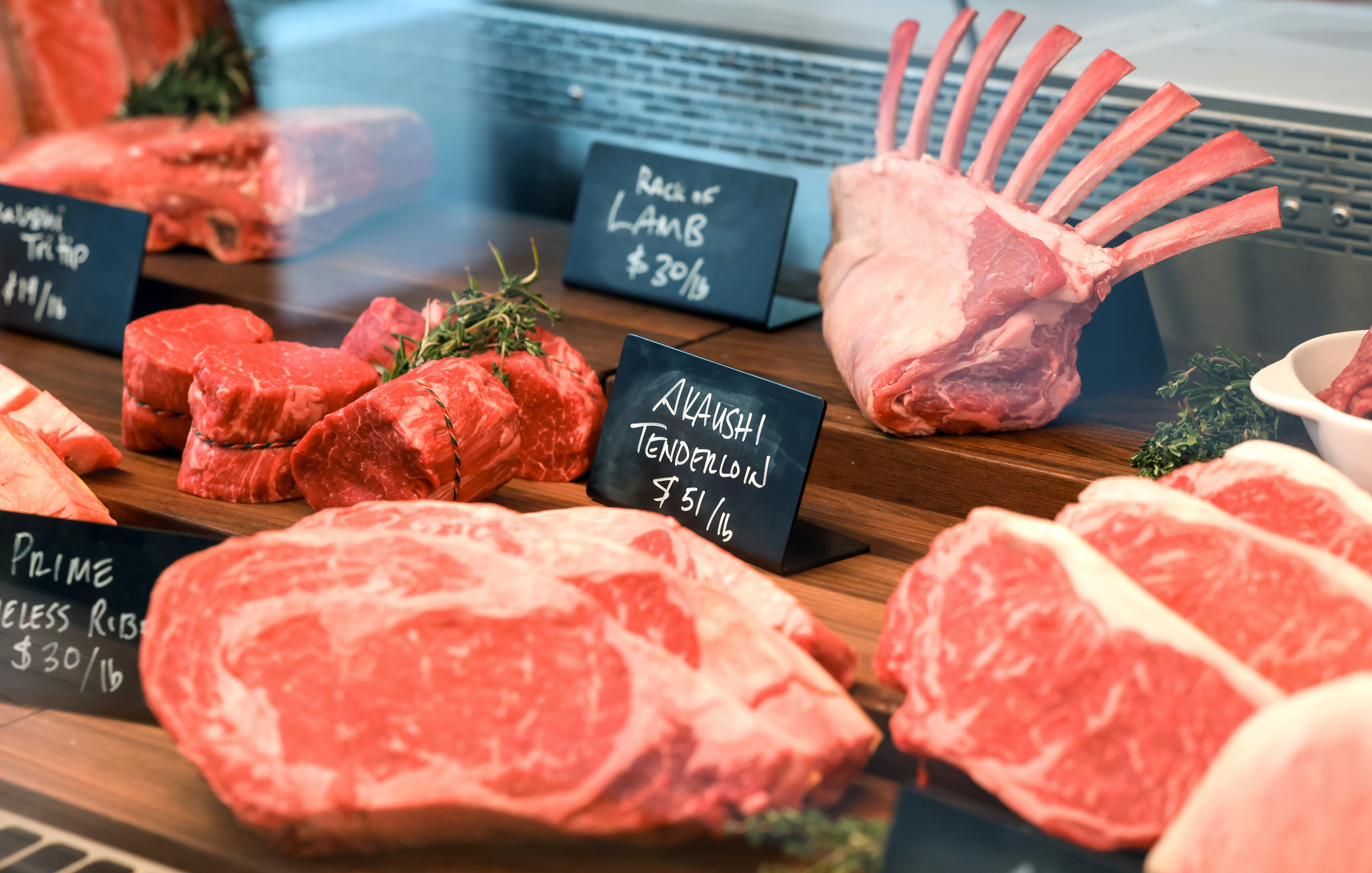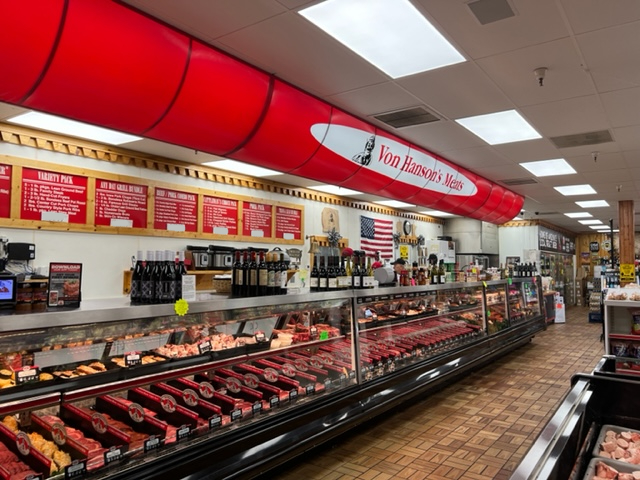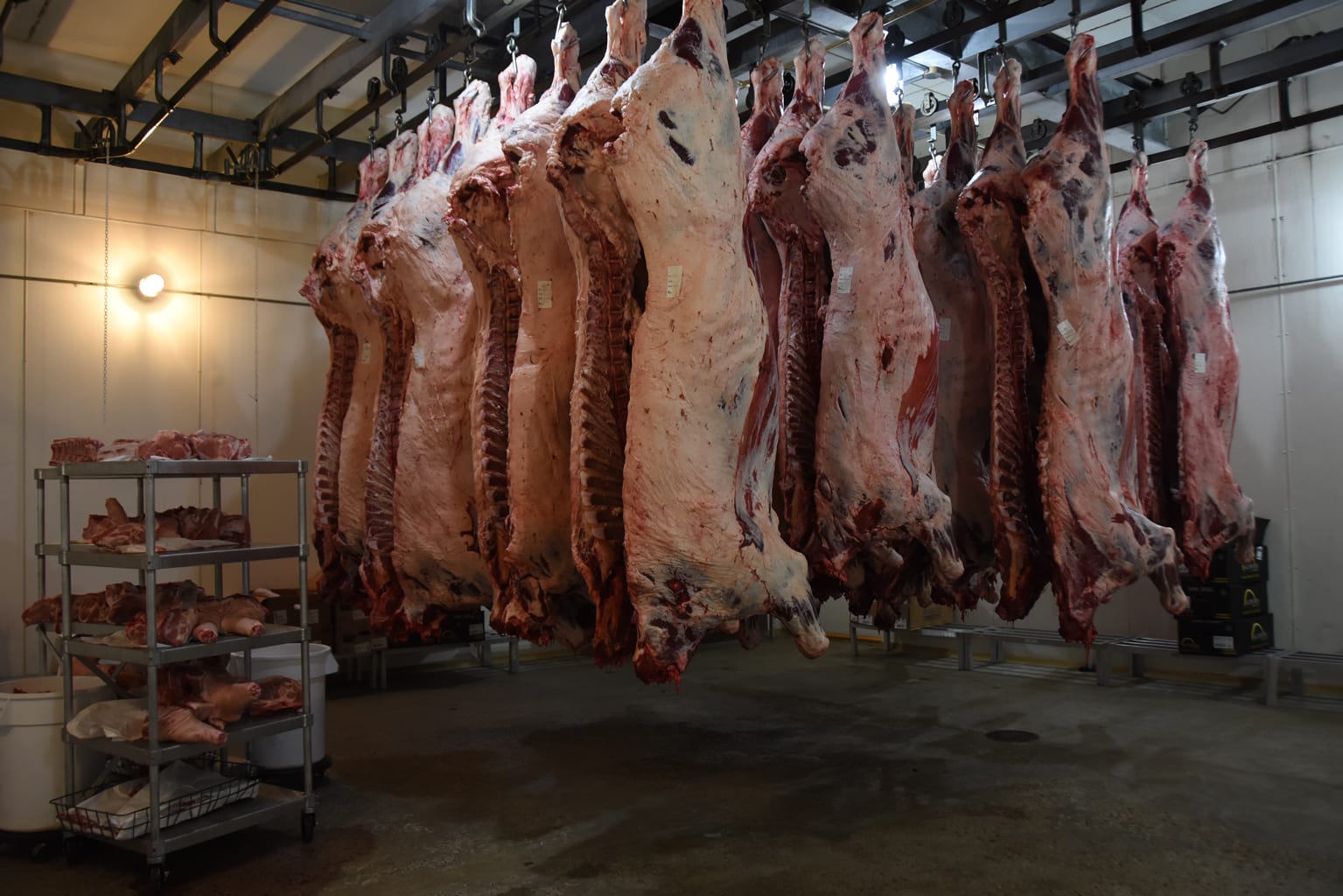Why Citizens Love Bagley Farms Meat Market Edwardsville IL for Their Meat Buying
Why Citizens Love Bagley Farms Meat Market Edwardsville IL for Their Meat Buying
Blog Article
Uncover the Art of the Butcher's Cut in a Modern Meat Market
In the ever-evolving landscape of modern meat markets, the butcher's cut has actually transcended its traditional origins, combining old-time workmanship with contemporary techniques. What truly establishes the modern-day butcher apart is their capability to build a much deeper connection between consumers and the beginnings of their meat.
Development of Butchery Methods

The mid-20th century saw butchery methods further improved by scientific understandings right into muscular tissue biology and meat aging, improving both inflammation and taste. Advancements like vacuum cleaner product packaging and refrigeration prolonged item shelf-life, allowing butchers to expand offerings and improve quality assurance. This period also noted the increase of customized tools, such as band saws and meat slicers, which increased accuracy and efficiency in meat processing.
The 21st century has introduced digital technology right into the butchery world. Computerized systems currently aid in tracking pet provenance and maximizing cuts to satisfy details client choices. Additionally, a rebirth in artisanal butchery has arised, blending conventional skills with modern understanding to satisfy consumers seeking honest and sustainable meat options. This advancement underscores a vibrant interplay between tradition and advancement, conference contemporary needs while preserving the craft's heritage.

Understanding Meat Cuts

Comprehending the details of meat cuts is important for both butchers and customers seeking quality and worth. For butchers, precise cuts reflect skill and respect for the craft, guaranteeing marginal waste and optimal yield.
The main categories of meat cuts include primal, sub-primal, and retail cuts. Primitive cuts, such as the loin, rib, and chuck, are the big areas originally divided from the carcass. Butchers after that damage these down even more right into sub-primal cuts, before finally producing retail cuts available to customers, like ribeye or tenderloin. Each stage requires mindful focus to anatomical structure and muscle mass structure.
Comprehending muscle make-up is crucial; muscles used more frequently by the animal have a tendency to be harder and are best fit for slow-moving cooking techniques, while less-used muscle mass, like those discovered in the loin, are more tender and perfect for grilling or roasting. Experience with these distinctions empowers customers to make educated selections, improving their culinary undertakings.
Picking Top Quality Meat
Choosing the ideal meat involves more than simply selecting an aesthetically enticing item from the screen. The art of choosing high quality meat requires a discerning eye and understanding of certain characteristics that represent quality and excellence.
Secondly, think about the marbling, which describes the white streaks of fat within the muscle. Appropriate marbling is an essential indication of inflammation and taste, as it melts during food preparation, improving the meat's juiciness. Bear in mind, higher marbling frequently correlates with premium high quality cuts, such as USDA Prime.
Texture is another crucial aspect; meat ought to feel solid to the touch, not slimed or extremely soft. Furthermore, be mindful of the scent. Fresh meat needs to have a clean, neutral odor, devoid of any sour or off-putting odors.
Combining Cuts With Food Preparation Methods
Successfully matching cuts of meat with the proper cooking methods is crucial for attaining optimal flavor and texture. These techniques boost the meat's all-natural tastes and make try this sure a juicy finish.
Conversely, harder cuts like brisket and chuck roast are rich in collagen, which breaks down right into gelatin when cooked gradually. These cuts are optimal for braising or sluggish roasting, allowing the meat to tenderize gradually and create deep, complex tastes. In a similar way, cuts such as brief ribs and pork shoulder get on well with slow-cooking techniques, where extended cooking times change their robust structures right into succulent meals.
Lamb shanks and oxtail, which need prolonged cooking to soften, are perfect prospects for cooking or sluggish simmering. These methods coax out abundant, passionate tastes while preserving wetness. By understanding the one-of-a-kind attributes of each cut, cooks and home cooks alike can elevate their culinary creations, making certain each dish is both satisfying and remarkable.
The Butcher's Duty Today
Navigating the advancing landscape of the contemporary meat market, the butcher's duty today expands past plain preparation of cuts. Contemporary butchers are cooking artisans, educators, and advocates for lasting techniques. They bridge the gap in between the ranch and the fork by ensuring moral sourcing, understanding pet husbandry, and focusing on transparency in the supply chain. This shift reflects the growing customer need for quality over quantity, where provenance and pet welfare click now are extremely important.
In addition to crafting specific cuts, butchers currently engage directly with consumers, supplying cooking suggestions and tailoring options to suit specific requirements and preferences. Their experience in meat aging, marbling, and flavor accounts equips consumers to make informed choices, enhancing their culinary experiences. This tailored solution exemplifies the butcher's advancing duty as a relied on consultant in the cooking area.
Moreover, butchers are pivotal in lessening official source waste, utilizing whole animals to create varied products such as sausages and stocks - bagley farms meat market edwardsville il. This thorough strategy not only values the animal but likewise lines up with contemporary sustainability objectives. By doing this, the modern-day butcher symbolizes both practice and technology, adapting to an ever-changing market while preserving the virtuosity and integrity of their craft

Conclusion
The modern butcher's craft elaborately weaves typical techniques with modern advancements, highlighting lasting practices and moral sourcing. Mastery in recognizing varied meat cuts and top quality indications encourages butchers to provide enlightened recommendations, aligning specific cuts with optimal food preparation techniques. This competence not only boosts cooking experiences however likewise reinforces the link between consumers and the origins of their food. By recognizing historic methods while accepting contemporary demands, the butcher's role remains crucial in today's sophisticated meat market.
Report this page